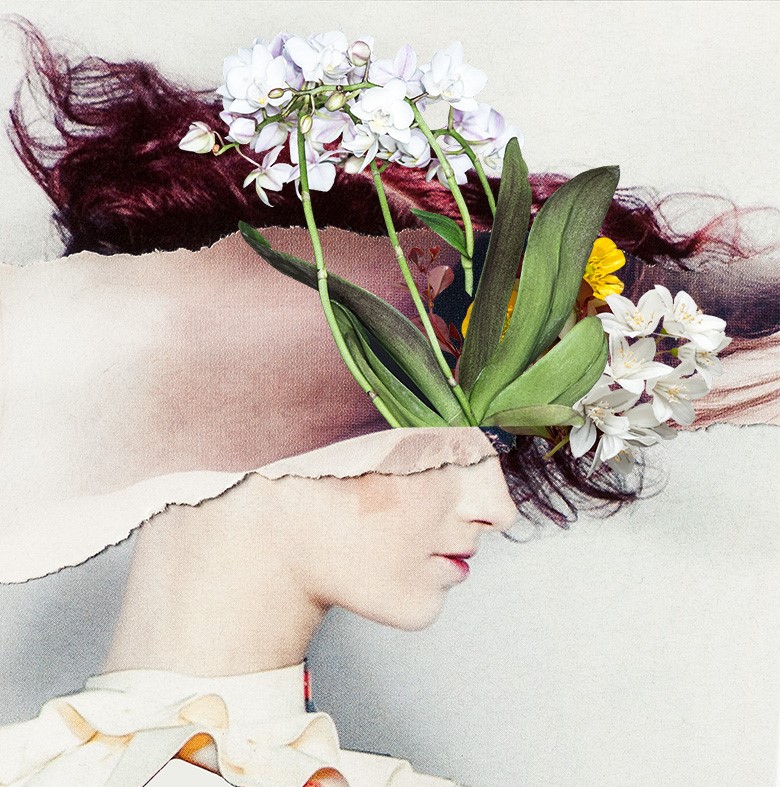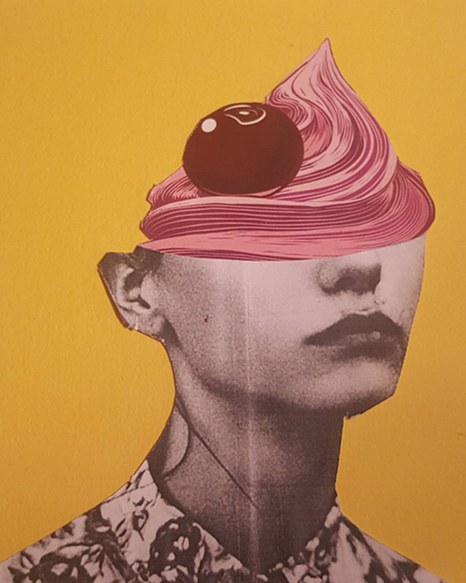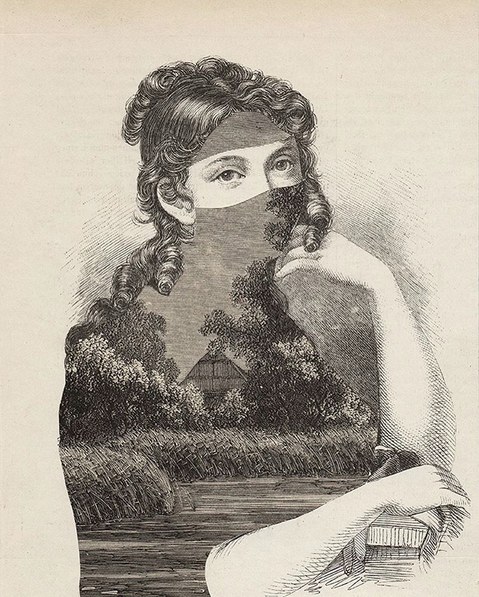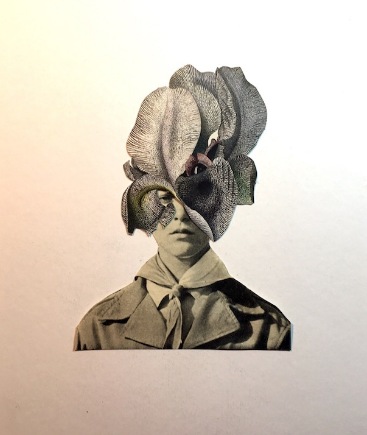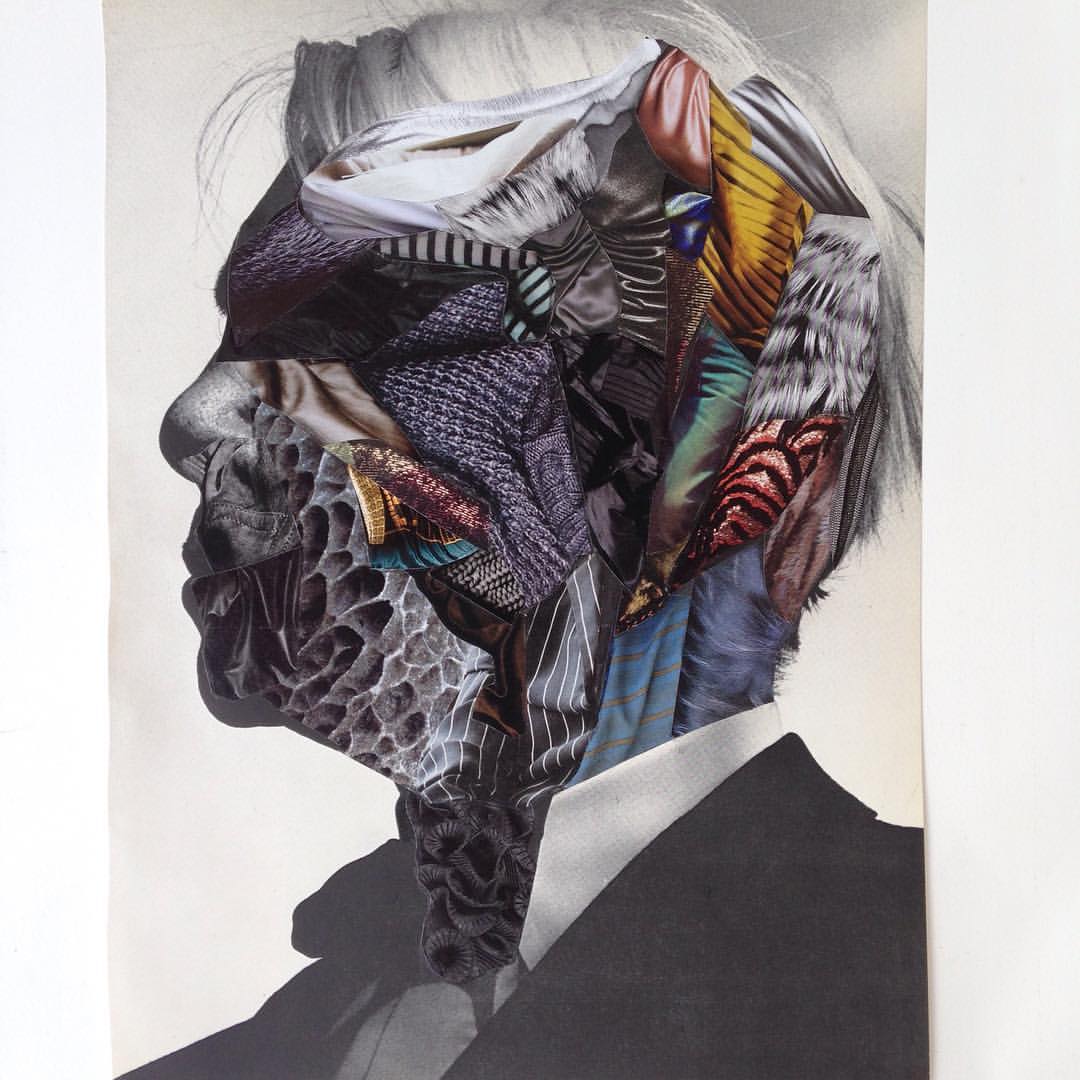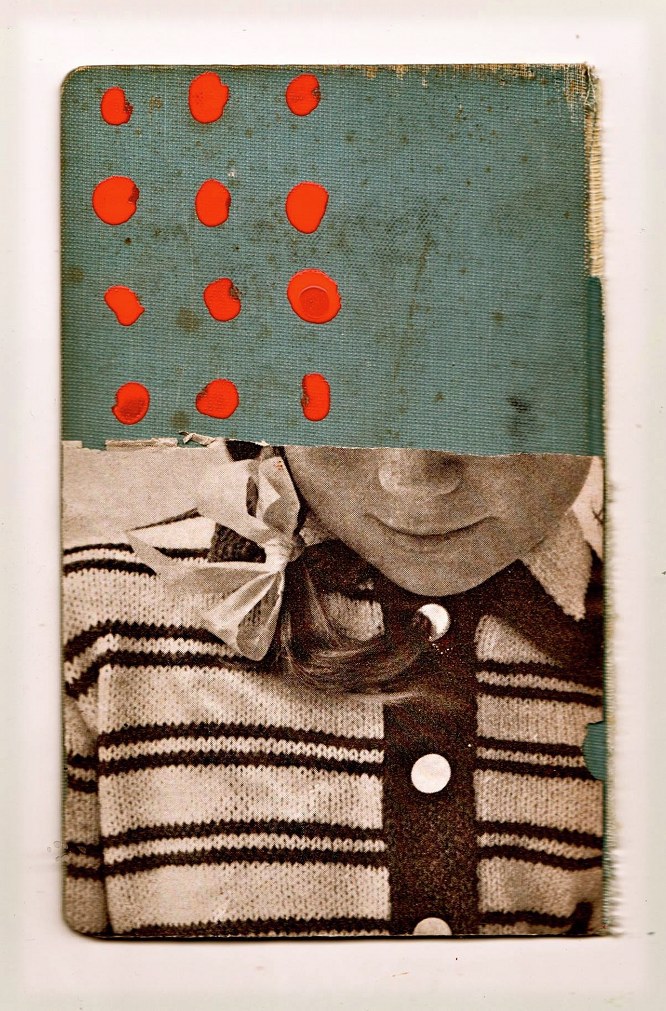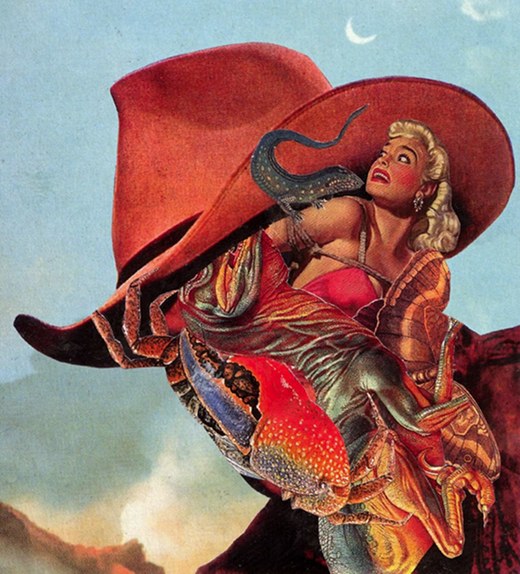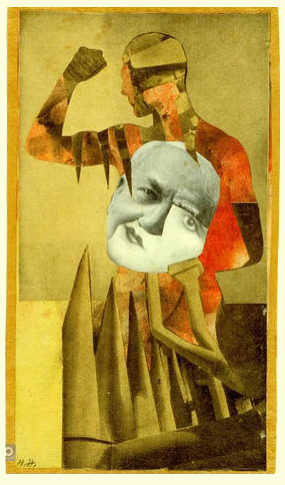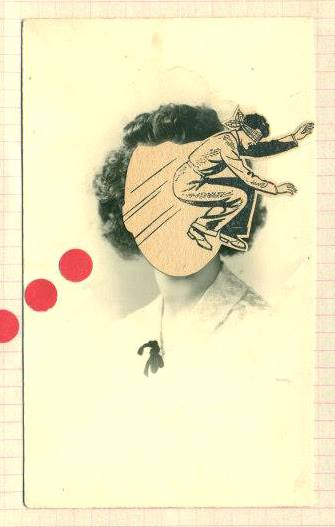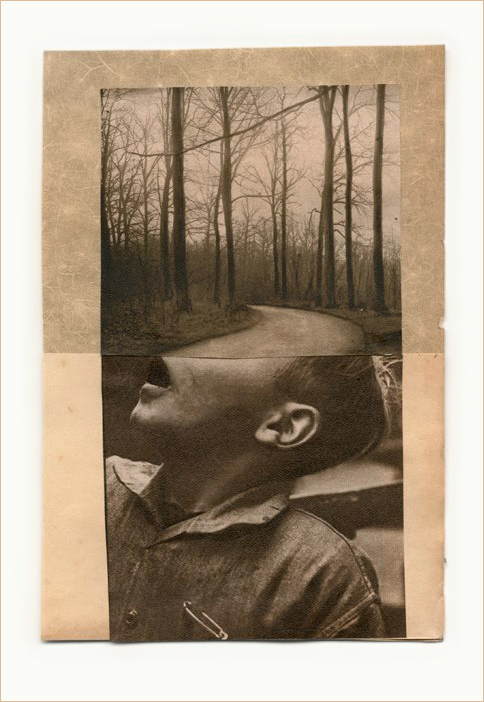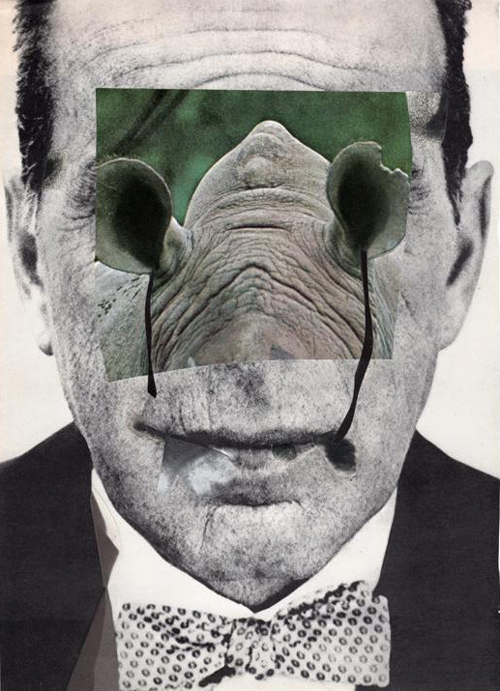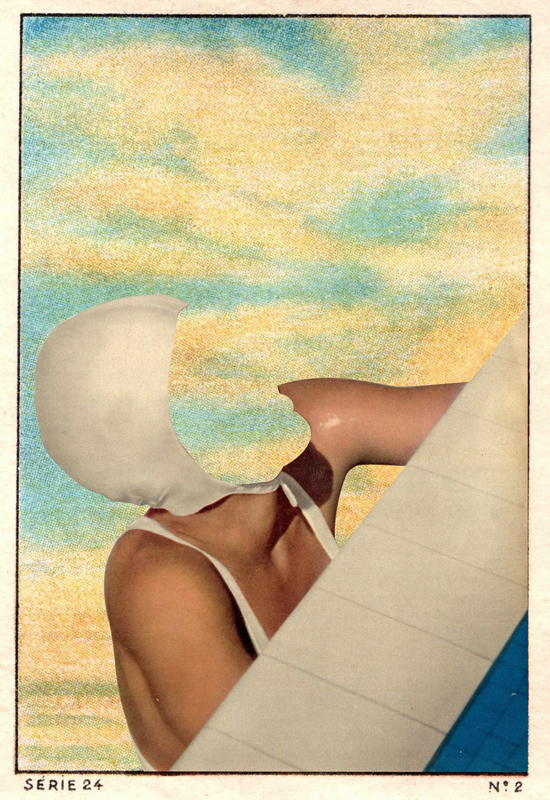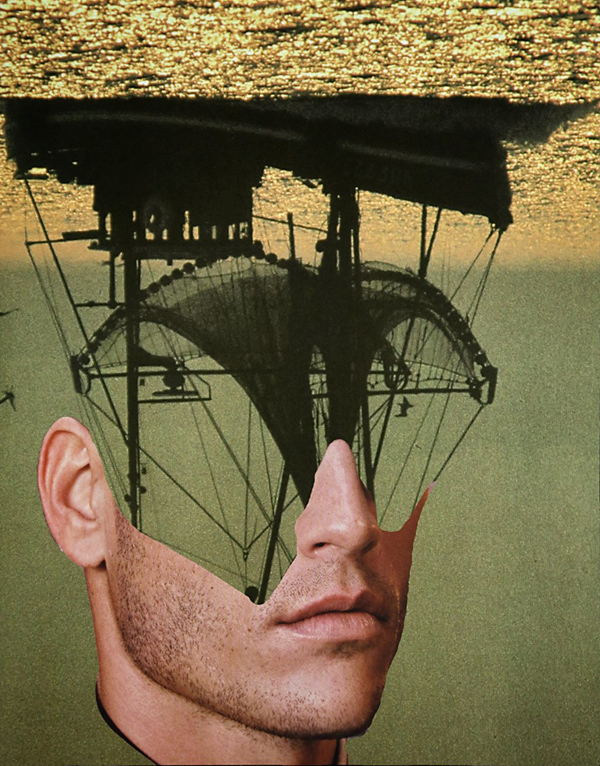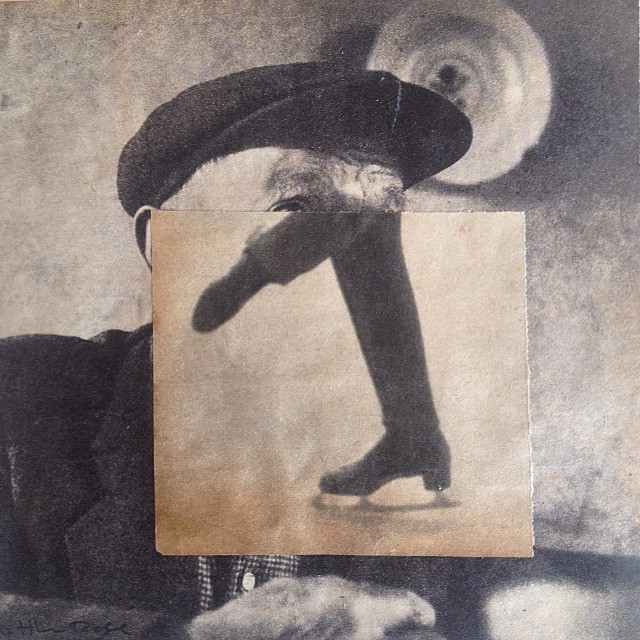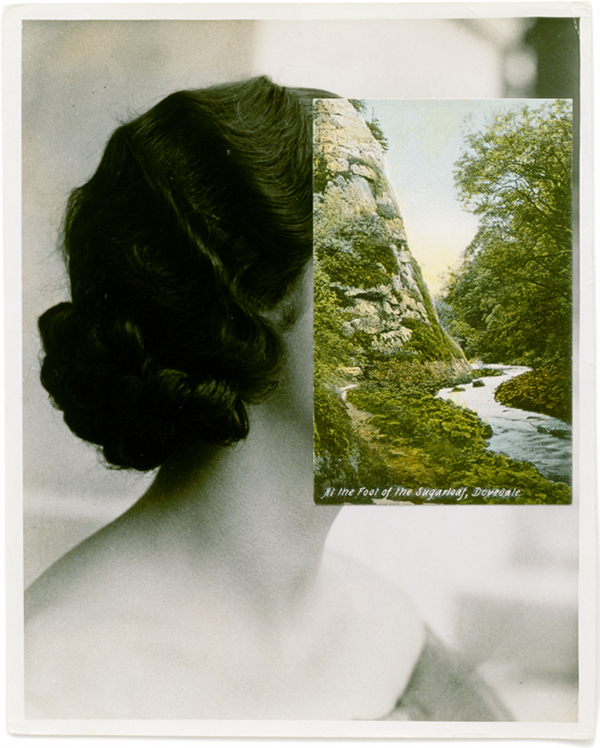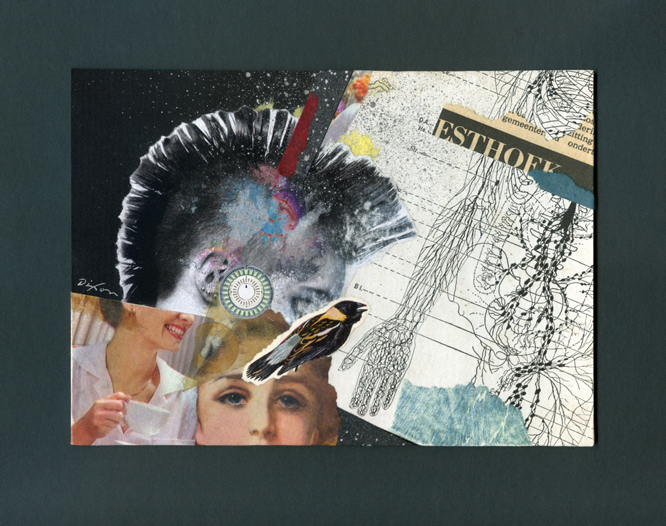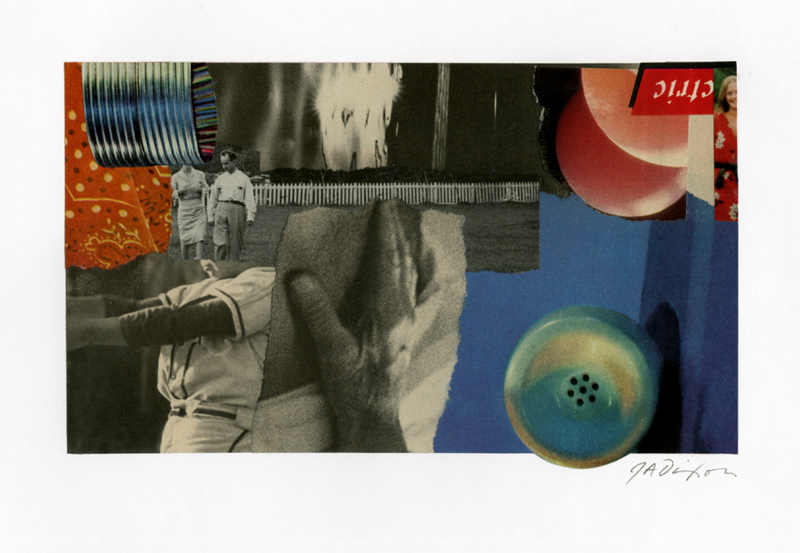“And the hits just keep on coming!”
— Bill Drake
Forgive my indulgence as I direct our attention once again to a favorite category of collage artwork. Followers of our medium at Instagram’s deep, mind-bending repository of visual imagery will confirm my declaration that The Surreal Face is 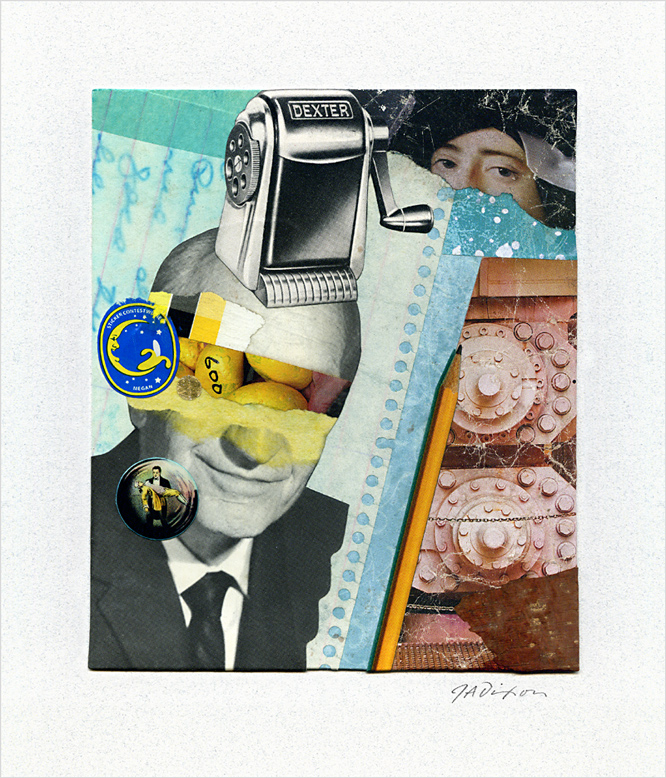 thriving in contemporary collage. I’m not the only person who likes to showcase fine solutions by others (which includes the anonymous sponsor of a page called Strange is Better). Call it a sub-genre or simply classify it under ‘21st-century Surrealism,’ it is a phenomenon that shows no symptoms of decline. Perhaps it goes without saying that something so accessible to entry-level collage artists is also an approach that is difficult to master. Julia Lillard’s devotion to the perennial subject demands that I single her out for a future review. Below are are a few examples that have recently caught my eye, and the links will provide a more extensive look at their bodies of work.
thriving in contemporary collage. I’m not the only person who likes to showcase fine solutions by others (which includes the anonymous sponsor of a page called Strange is Better). Call it a sub-genre or simply classify it under ‘21st-century Surrealism,’ it is a phenomenon that shows no symptoms of decline. Perhaps it goes without saying that something so accessible to entry-level collage artists is also an approach that is difficult to master. Julia Lillard’s devotion to the perennial subject demands that I single her out for a future review. Below are are a few examples that have recently caught my eye, and the links will provide a more extensive look at their bodies of work.
Kévin Ingrez
This so-called amateur collagist mines a rich vein of potential when it comes to the enduring genre of collage we continue to highlight.
Maja Egli
Her seamless blend of digital and handcrafted collage exemplify the vitality of ‘the Surreal Face’ theme.
Jaroslav Škojec
Although collage artwork by the Czech artist has not received wide exposure, his provocative images are shared regularly with Facebook users.
El Salto de Mendieta
A most intriguing artist, but I must admit that I cannot tell if this is an actual name or a pseudonym.
Øje Rum
The Danish artist’s long-running Silent Figure series is dedicated to the undeniable mystery of ‘the Surreal Face.’
Olivia Descampe
Juxtapositions by the Berlin-based artist are consistently bold, yet delicate, with no grim shadow to her surrealist approach.
Charles Wilkin
Wilkin’s distinctively undulating approach to surrealism is highly recognizable and always elegant.
Evan Clayton Horback
The Olympia-based artist frequently brings his signature mixed-media style to a structured treatment of ‘the Surreal Face.’
Jon Garbet
His colorful ideas are typically minimalist and characterized by a offbeat sense of humor.

